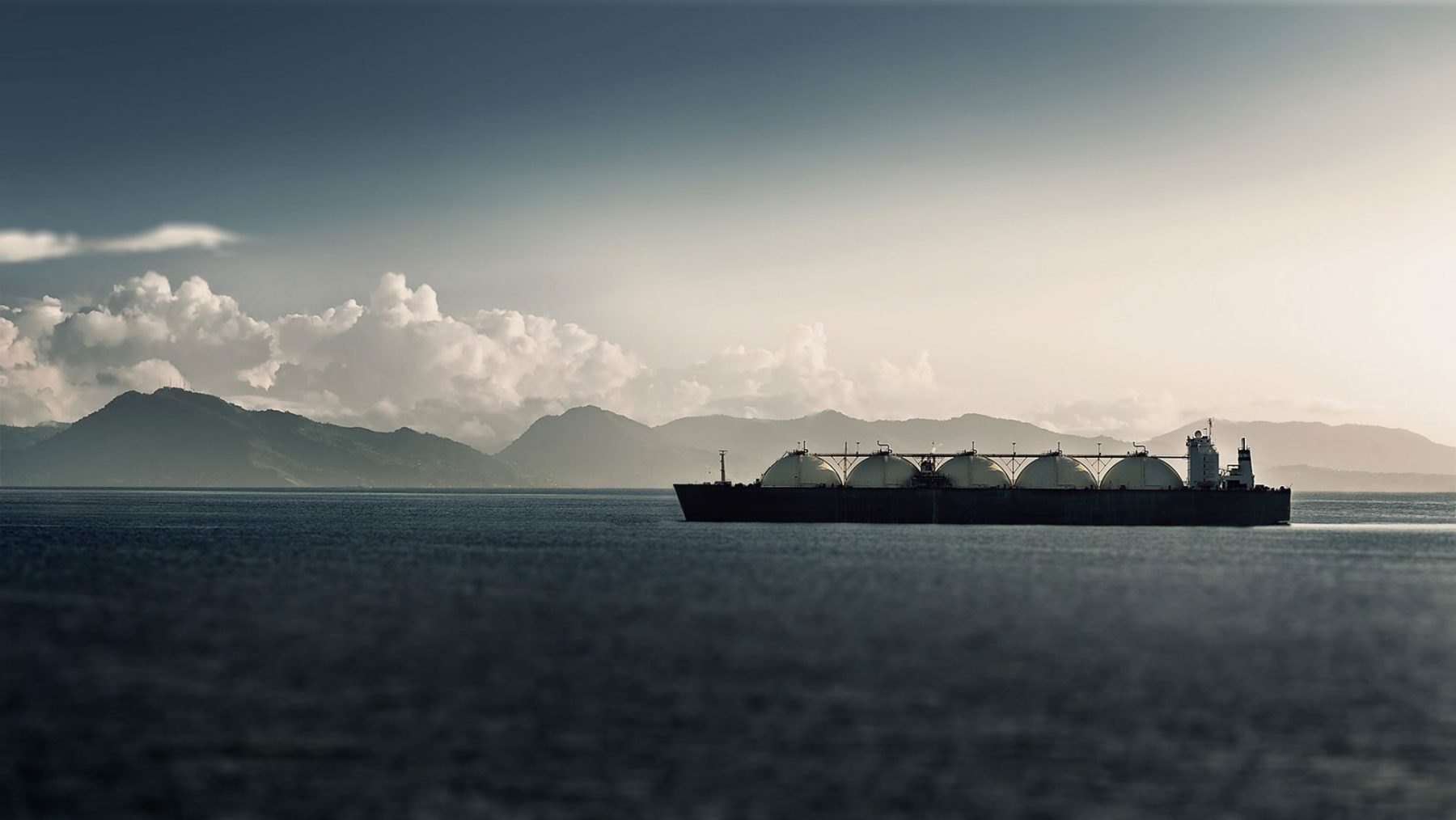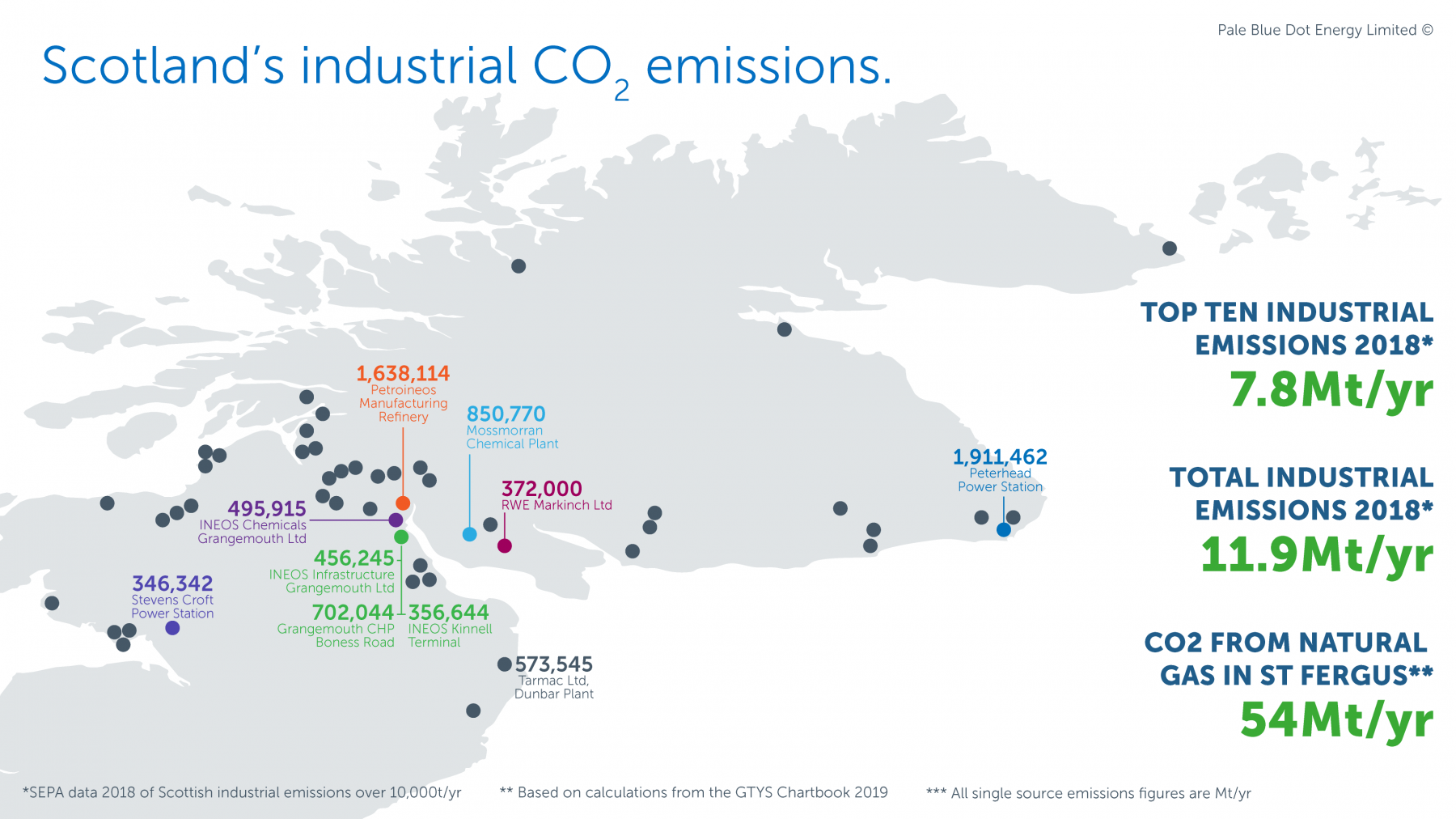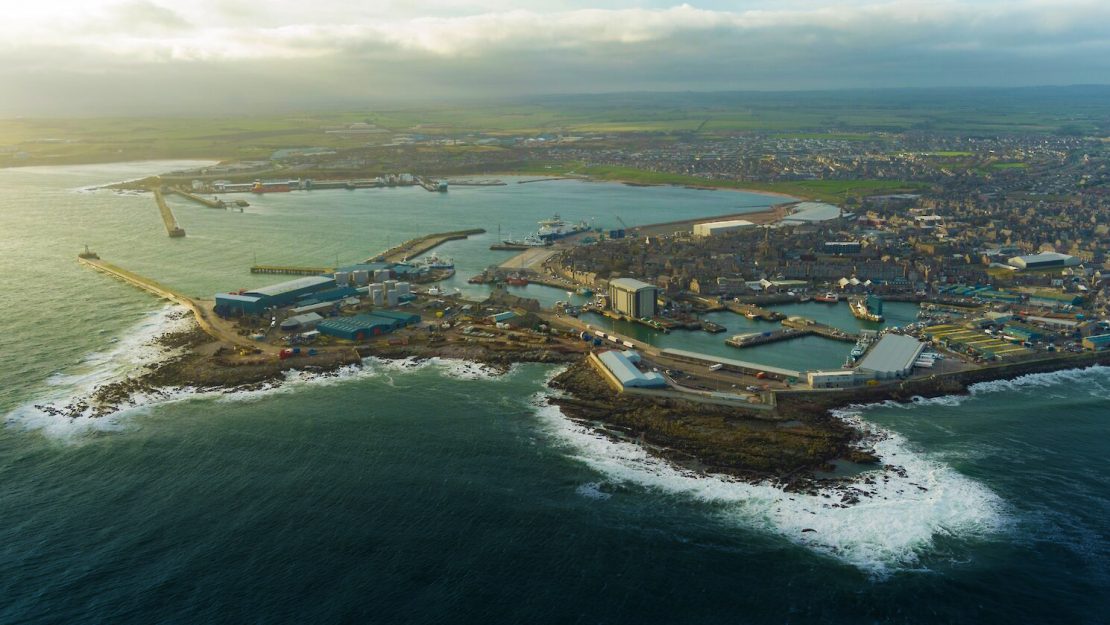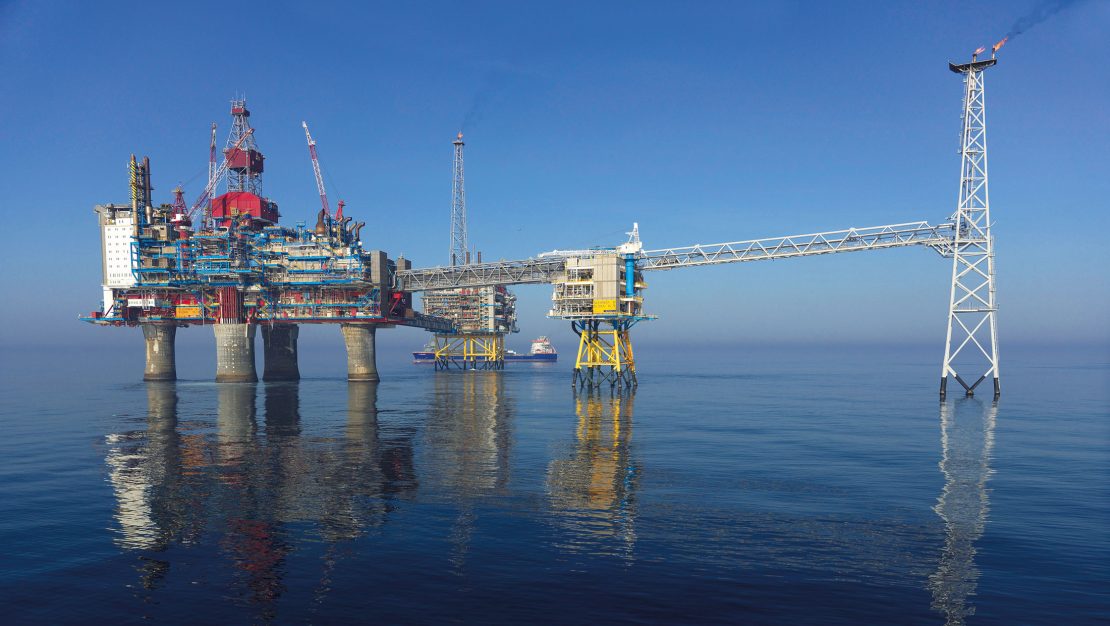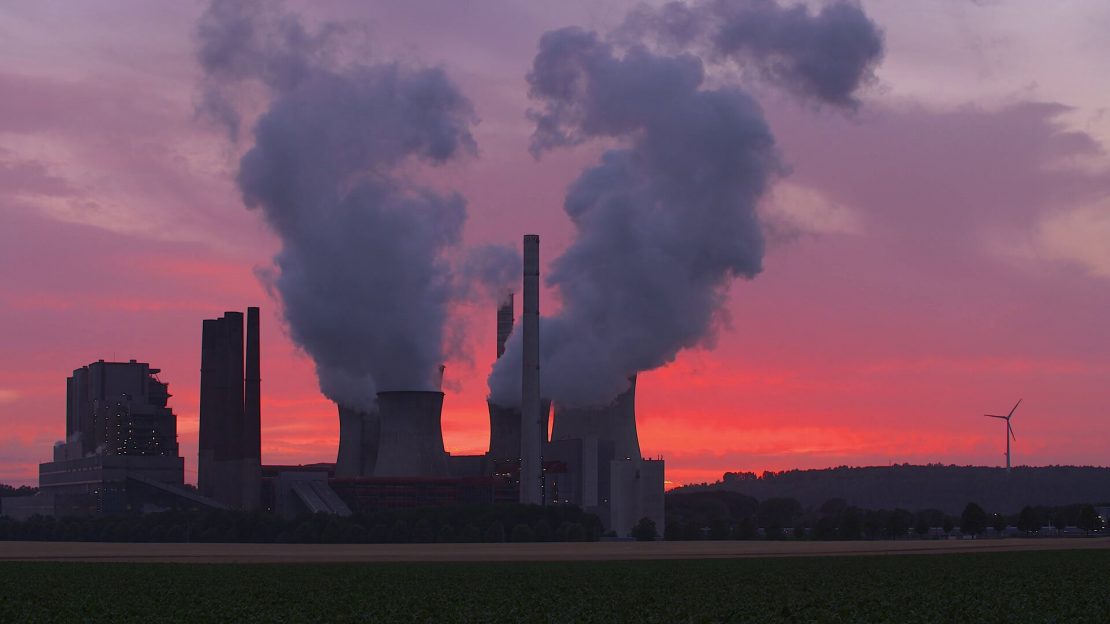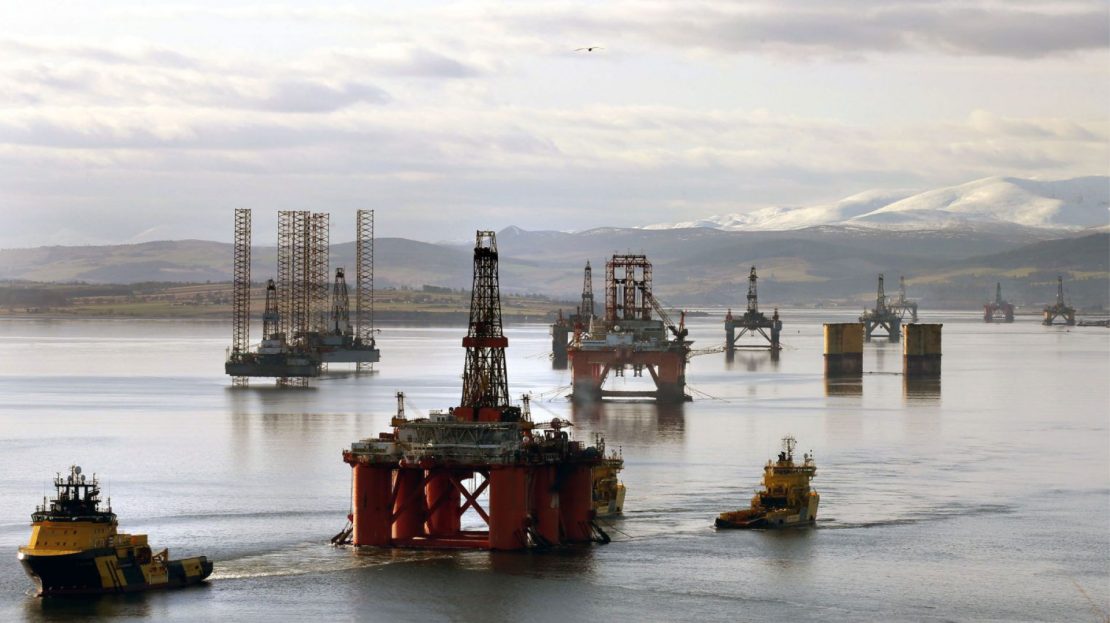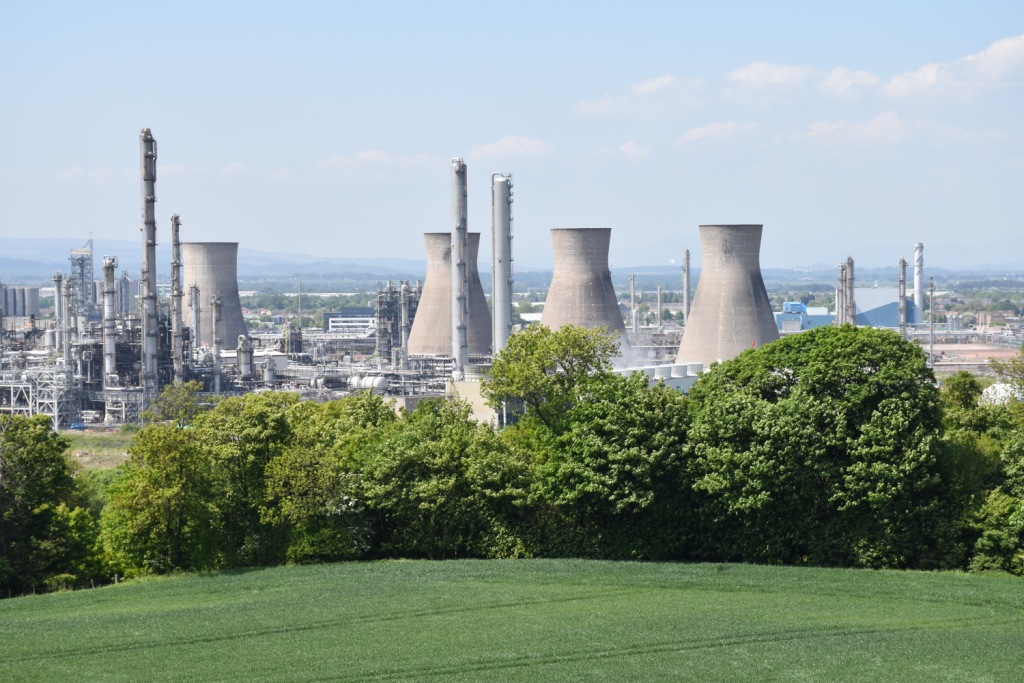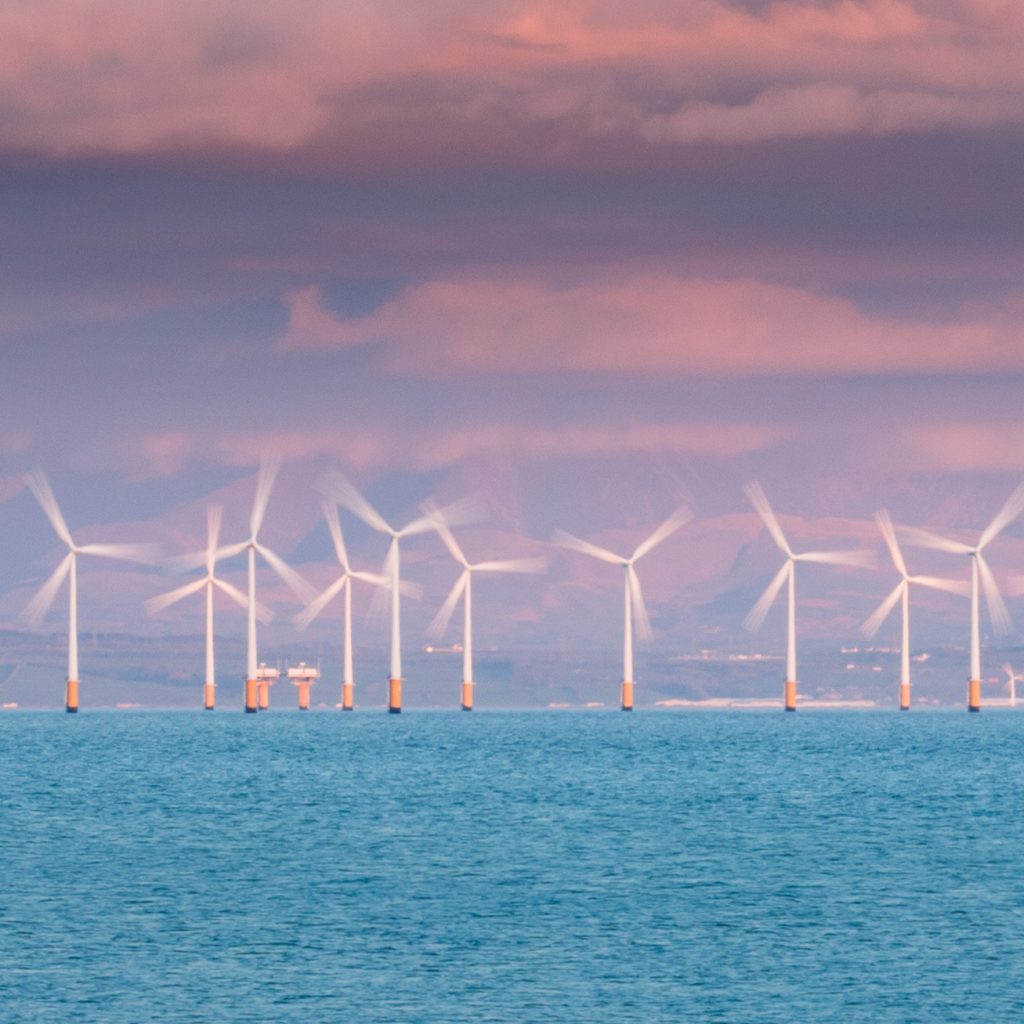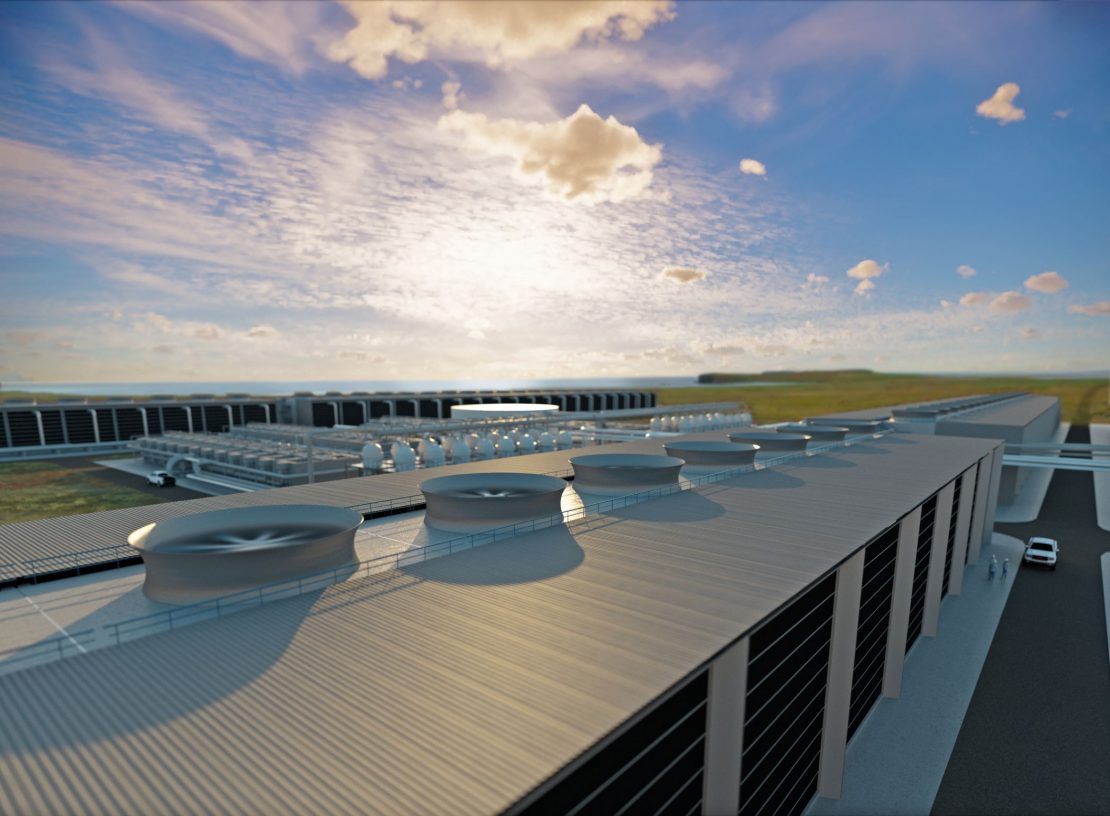This is therefore a good place to start the work of getting industry to Net Zero and the Roadmap work that NECCUS is starting will begin in these areas – principally in the Central Belt of Scotland and in Aberdeenshire.
Even here the types of industry and the reasons for their CO2 emissions vary. Some generate most CO2 from the energy they consume – and here a clean fuel from either hydrogen or renewable electricity is key. While others create most of the CO2 emissions in the act of creating the products we need in everyday life, so capturing the CO2 and permanently storing it is essential. It may even be possible to utilise some of this CO2 to create Net Zero versions of essential products we use every day.
The importance of getting this right cannot be understated. In a Net Zero future, industry will be essential – for jobs, for the essentials we will still need in life, for our economy and the wellbeing of the communities built up around these traditional industries. This is why the work of the Roadmap will also support the goal of a Just Transition and the excellent work that the Just Transition Commission is doing in Scotland.
But, this effort is not just for the benefit of Scotland. By setting out solutions for this nation, we are also helping the rest of the UK and Europe – by both showing the way which they can follow and ensuring the products they use can be made in a Net Zero way.
